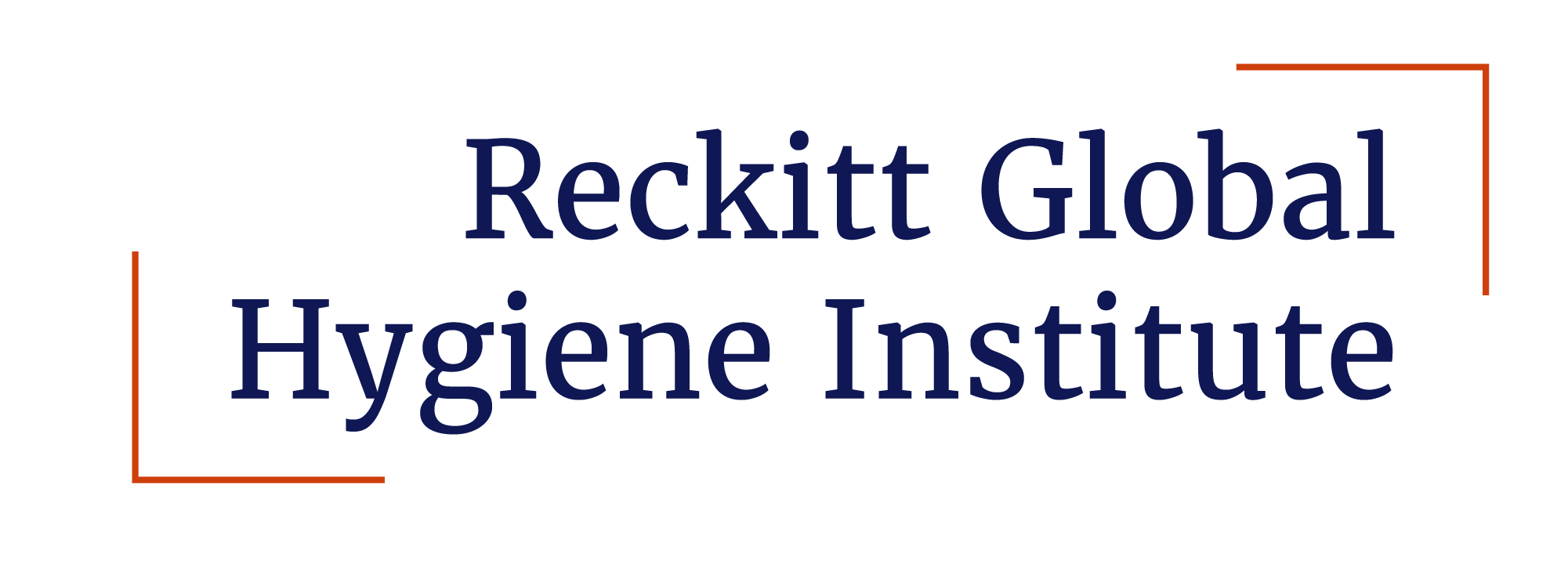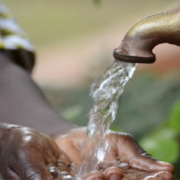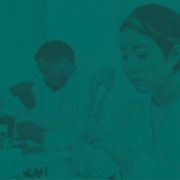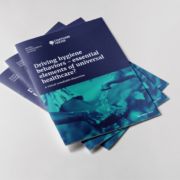Following Covid, where do we stand with hygiene?

Over the past two years, globally the world’s understanding of the importance of hygiene and where it fits within our toolbox of preventative measures to save off illness has substantially increased. More people are handwashing on a more regular basis. Investments have enabled more people to have access to clean water and handwashing facilities. The habit of sanitising surfaces, hands and equipment has also been picked up.
As the world grapples its way to a pre-COVID-19 sense of normalcy, many have commented on the need to continue these small but life-saving habits.
According to the United Kingdom’s Food Standards Agency, the number of people washing their hands for 20-24 seconds has already begun to drop from 35% in April 2020 to 31% in January 2021.
Yet, aside from COVID-19, poor hygiene can contribute to the spread of diarrheal diseases, respiratory infections, and neglected tropical diseases. These put a massive strain as well as economical burden on the national health service as well as other organizations.
Contracting even just the common cold can lead to missed days of work and school, which contributes to the issues currently faced globally with a labour shortage. The World Health Organization estimates there is already likely to be a deficit of 18 million health workers by 2030. Sickness among staff and a health system on its knees could see that number rise as people leave the profession. In turn, this could lead to the closing of long-term care facilities.
If handwashing and other hygiene habits can stave off illnesses that would put more people in the already overburdened healthcare centres and eliminate some of the burden on health systems then perhaps they should stay, but to what extent?
While it could be easy to announce that everyone should wash their hands as frequently as they did at the height of the pandemic, always maintain a social distance for fear of catching a cold and sanitise products excessively once home from the supermarket, there is undoubtedly a downside to keeping any and all measures.
For example, living in a sanitised bubble void of germs and bacteria can mean people never rebuild a robust immune system, making them more likely to get sick more frequently. If that leads to an increased consumption of antibiotics this could contribute to antimicrobial resistance. And if people remain isolated, working from home and limiting social interaction, what impact will that have on mental health?
The point is that we need more data about the measures that we should retain and learn from and those we should leave in the pandemic toolbox.
So what should stay and what should go?
The good news is a wealth of data already exists and that can be built upon, analysed and assessed to determine whether the most impactful behaviour changes – for people’s health and the health systems. It just needs to be explored and invested in in order to present a roadmap to policymakers on how to transition into the next few years armed with the measures that will best serve the population.
How should offices be laid out to maximise interaction but limit disease contraction? Should people stay at home if they have a cold? Should wearing a mask on public transport always be advisable? These are some of the questions the general public want to know as they begin to navigate the post-COVID-19 era.
Helping to answer some of these is the Reckitt Global Hygiene Institute, a not-for-profit foundation set up in 2020 by Reckitt plc to plug evidence gaps relating to hygiene behaviours and their impact. It is calling for the learnings of the pandemic not to be lost but deciphered.
The Lancet’s new Commission on WASH and health launched in 2021 – and funded by the United Kingdom’s Foreign, Commonwealth & Development Office and the Bill & Melinda Gates Foundation – could go some way in supporting this work. It aims to assess the health, social, and environmental consequences of slow progress toward universal access to hygiene as well as water and sanitation; examine the financial costs of achieving it; and make recommendations for reform that focus on establishing national systems capable of water, sanitation and hygiene delivery and responding to challenges.
This is a great first step but more research is needed in the short-term to ensure the momentum gained throughout the pandemic by way of hygiene isn’t lost and to have some sembelem of practical hygiene advice to share with populations so they keep themselves and their families healthy after two years of being locked away.
In the long-term, lessons can also be drawn on pandemic response and preparedness. How much of a difference did the hygiene measures make to COVID-19 infection rates? Would such measures be the best response if there were to be another pandemic? How can a population be mobilised to change its hygiene habits? Could that be transferred to other areas of health?
There are significant learnings to be drawn from the data collected during the pandemic. We need to determine what we keep and throw away from pandemic responses and put the resources behind those measures we want to stay. Leaving all improved hygiene habits behind would be a waste but to retain them all could have serious repercussions. Only by investing in finding out what truly works and taking steps to disseminate that information to policymakers can we ensure that we’re moving forward in the healthiest way today to safeguard tomorrow.









